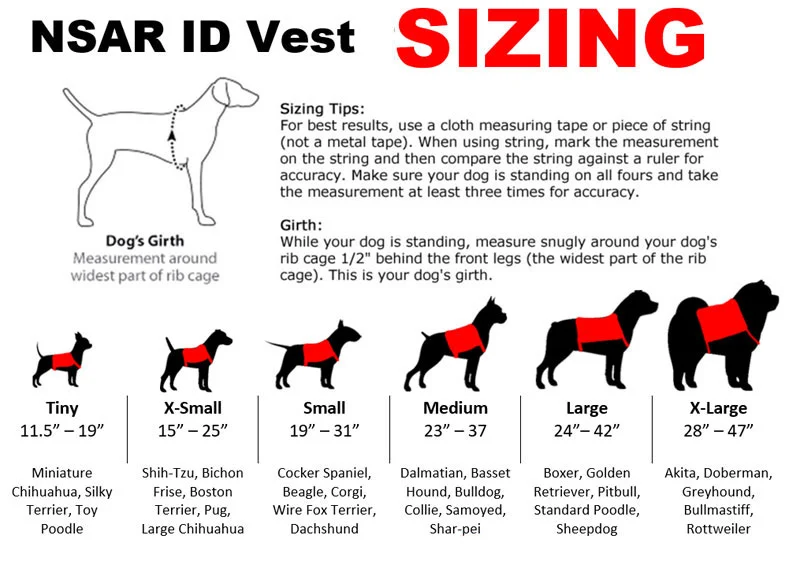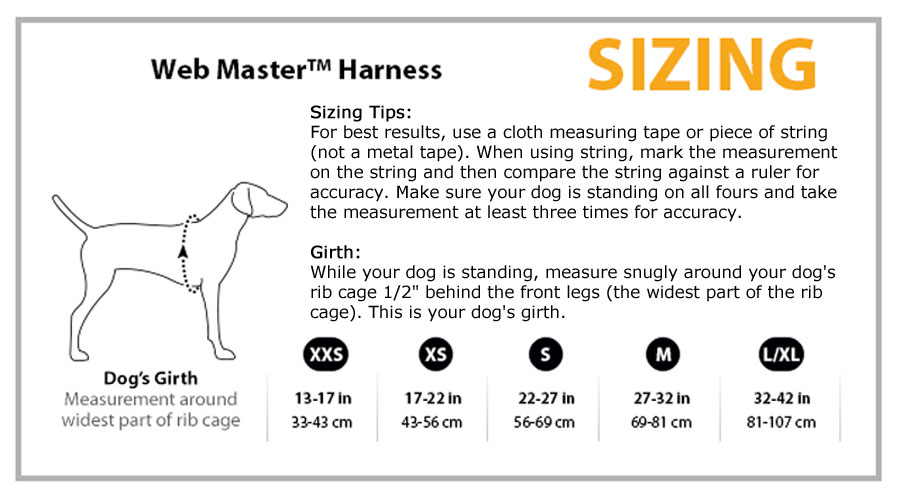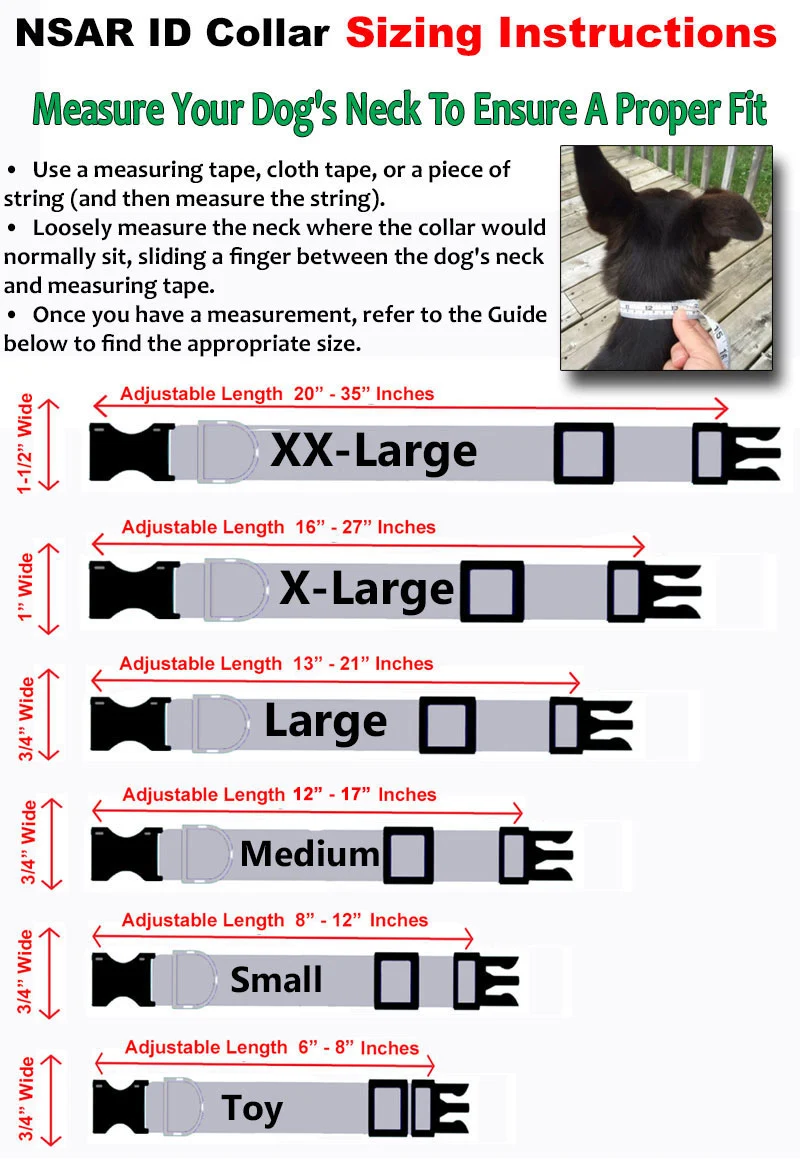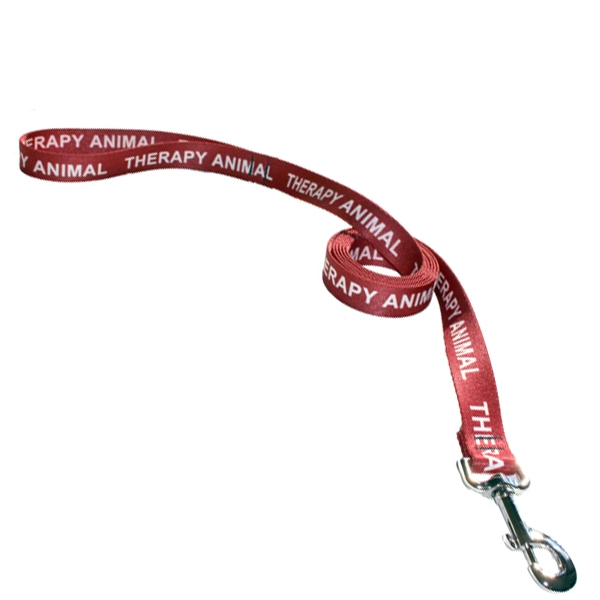
Going to college can be a tough transition for young students, as it is fraught with unknowns and plenty of stressors. Social anxieties, academic anxieties—not to mention moving to a new home (often even a new town)—can create an incredible amount of emotional angst. And, if you’ve always grown up around animals, it can be especially difficult to transition into a place without any. If you can relate to these feelings, you’re in luck!
While only a handful of colleges and universities allow students to bring pets to campus, all of them, both public and private, are required by law to allow any student with a service animal or an emotional support animal to bring their companion to campus. That includes an emotional support dog or an emotional support cat, although even ducks and other oddities sometimes make the cut.
What is an emotional support animal?
An emotional support animal (ESA), most commonly an emotional support dog or emotional support cat, is a person’s pet that has been prescribed by a licensed mental health professional, such as a licensed therapist, psychologist, or psychiatrist. The animal is part of the treatment program for this person and is designed to bring comfort and minimize the negative symptoms of the person’s emotional or psychological disability.
Because it is the very presence of an emotional support animal that mitigates symptoms, the ESA does not need to have any specific training.
Why have an emotional support animal at college?
According to the American Psychological Association, stress on campuses is on the rise. Between 2010 and 2015, there has been a 30% increase in students seeking counseling help. And a UNI Health study found that 80% of students report feeling stress at university. Is it any surprise?
College can be a stressful experience for many students. Not only are they adjusting to a new environment, but for most, it is their first time living away from their family home. Students arrive oftentimes both to a new home and a new social scene—it can be very lonely until friendships are established. Add to this excessive school demands like tests and research papers, and stress can skyrocket. That’s where an emotional support animal comes in.
An emotional support cat can make a student feel at ease, when they come back to their dorm and have a furry little friend to play games with and cuddle. The relationship with their emotional support cat can be very tender and sweet and can really lift the mood.
Similarly, an emotional support dog can be a great friend when times are tough. Just seeing the excited doggie face when stressed out, can help shift the negative spiral and taking an emotional support dog for a walk can help clear the air.
Here are a few of the major stressors that an emotional support animal at college can help to alleviate:
- Homesickness
- Academic Expectations
- Social Anxiety
- Loneliness
When a student leaves home for college, they naturally miss a lot of things about home—and their pet is not one of the insignificant things. That’s why lots of colleges and universities are opening up pet therapy programs to allow a student to bring an emotional support animal on campus.
An emotional support dog or cat can also help students feel more at ease in social situations. Meeting new people can be easier when there is a dog present to focus on.
Is an emotional support animal permitted in the dorm?
Yes! The fair housing act which gives housing rights to people with an emotional support animal. That means that even if a residence is a “no pets allowed” residence, the owner is required to make allowances for where an emotional support animal is concerned. It also can potentially wave pet fees associated with certain residences.
However, proper documentation will need to be supplied. A 2013 US Department of Housing and Urban Development (HUD) memorandum states the housing provider may ask persons who are seeking a reasonable accommodation for an assistance animal that provides emotional support to provide documentation from a physician, psychiatrist, social worker, or other mental health professional that the animal provides emotional support that alleviates one or more of the identified symptoms or effects of an existing disability.
Can an emotional support animal accompany me to class?
This is less likely. While the housing laws protect your right to have an animal at home, it does not necessarily mean you can take your emotional support dog or emotional support cat anywhere on campus. However, you may request special permission to take your emotional support animal with you to class and to other areas on the campus. Just keep in mind that universities are not required to acquiesce in this circumstance.
Can my service animal come with me to class?
A service animal is different from an emotional support animal in that they are trained to help a disabled owner to accomplish certain tasks. The Americans with Disabilities Act requires schools to allow these animals on campus, and because these animals (service dogs or, less commonly, service miniature horses) are professionals at work, and can be necessary for basic tasks, they follow a different set of rules. For example, a service animal must be allowed at all times and everywhere on campus, except where there is a health or safety hazard. That means your service animal can come with you to class, the dining hall, and the library.
What kind of animal can an emotional support be?
An emotional support animal can technically be any sort of domesticated animal, including a bird, hamster, rabbit or, of course, an emotional support cat or emotional support dog, with these latter two being the most common sort. However, there are limits on reasonability, so before you try to bring your pet alligator to university, you’ll want to check on the specifics with your particular school.
You’ll also need to be sure that the animal is manageable in public and does not create a nuisance in or around the dormitory, or it may be asked to leave.
How can I bring my emotional support animal to school?
In order to bring your animal to school, you will need to qualify. It is not difficult: To qualify for an emotional support animal, you will need to have a psychologist, psychiatrist, therapist or other licensed mental health professional provide a professional prescription letter certifying that an emotional support dog or cat are of therapeutic benefit to you because of an emotional disability. Some emotional conditions that may qualify you could include depression, anxiety, PTSD, ADD or learning disabilities.
In the letter the professional will need to assert that having an emotional support animal significantly helps alleviate your condition.
Are there any schools that allow pets without needing an ESA certificate?
Yes! But not many. Eckerd College in Florida, for example, is known for being incredibly pet friendly, as they live by the philosophy that students should be able to bring a bit of home with them to school. The college even includes an on-campus dog park and veterinary services for students! Stephens College in Missouri is another campus that welcomes pets and Lees-McRae College in North Carolina goes so far as to encourage students and teachers to bring students to class.
There are also schools with equestrian programs, such as Centenary College in New Jersey and Alfred University in New York, so you’ll have lots of time with horses if that’s what feels good.
Other universities allow animals in dormitories for second year students or third year students only, while other schools have specific pet friendly dorms, such as California Institute of Technology in Pasadena, which has cat friendly apartments on campus. Many universities only allow pets (or emotional support animals) in single-resident dorm rooms.
While it is rare to be allowed to have a dog or cat on campus as a pet, most colleges and universities allow reasonably sized aquariums with fish, along with other small caged animals such as hamsters.
And keep in mind that even if you don’t go to a pet friendly school, all universities must respect the rights to have an emotional support animal in the dorms.
School doesn’t have to be so lonely!
If you have a special pet that you’re close to, you may want to consider having them certified to be an emotional support animal. Having a furry friend at school can provide real comfort. A pet, such as an emotional support cat or emotional support dog can provide nurturing touch, wholesome connection and therapeutic love. Simply sharing a space with one of these wonderful animals can relax your nerves and ease your stress. The National Service Animal Registry can help you get your pet registered today.





























